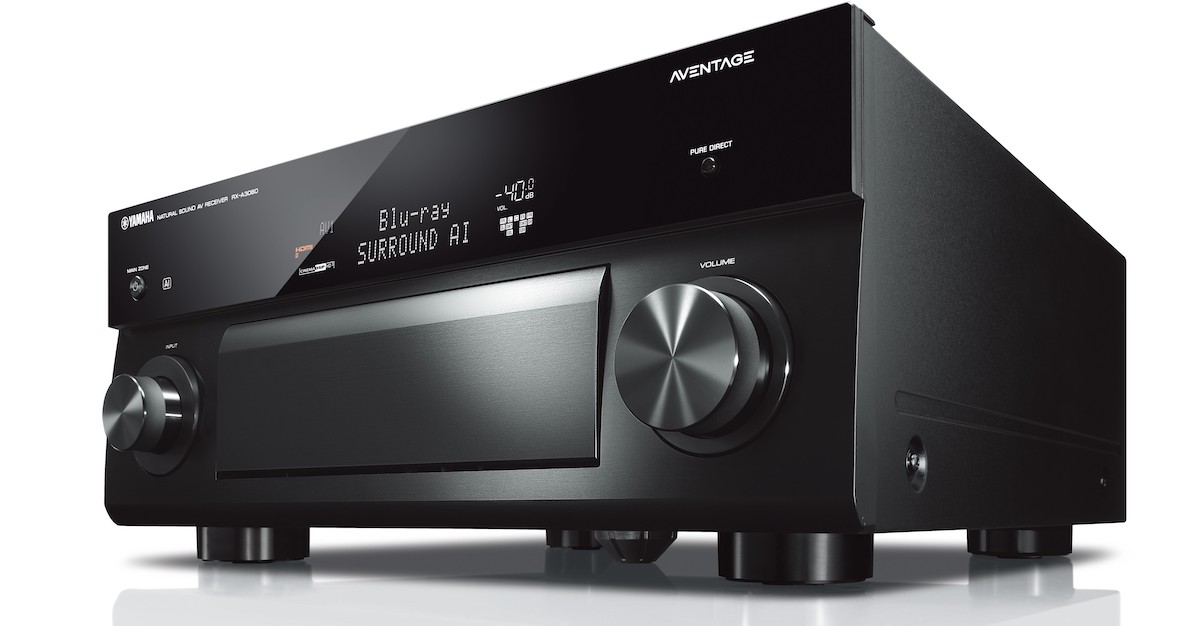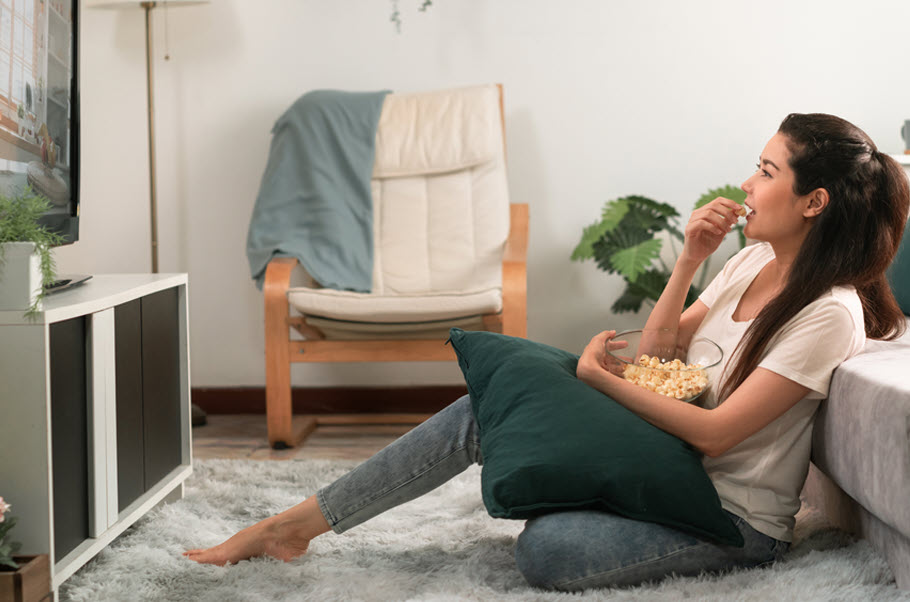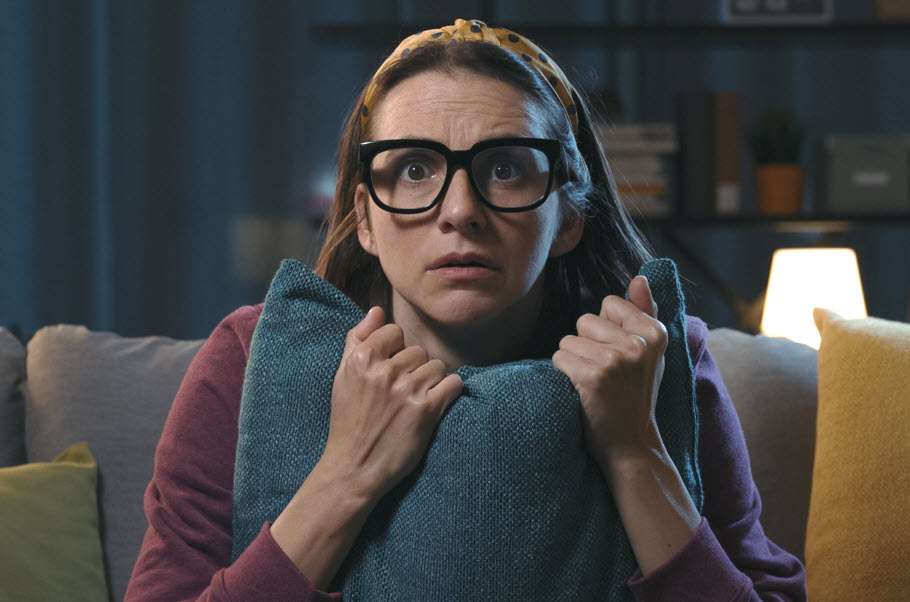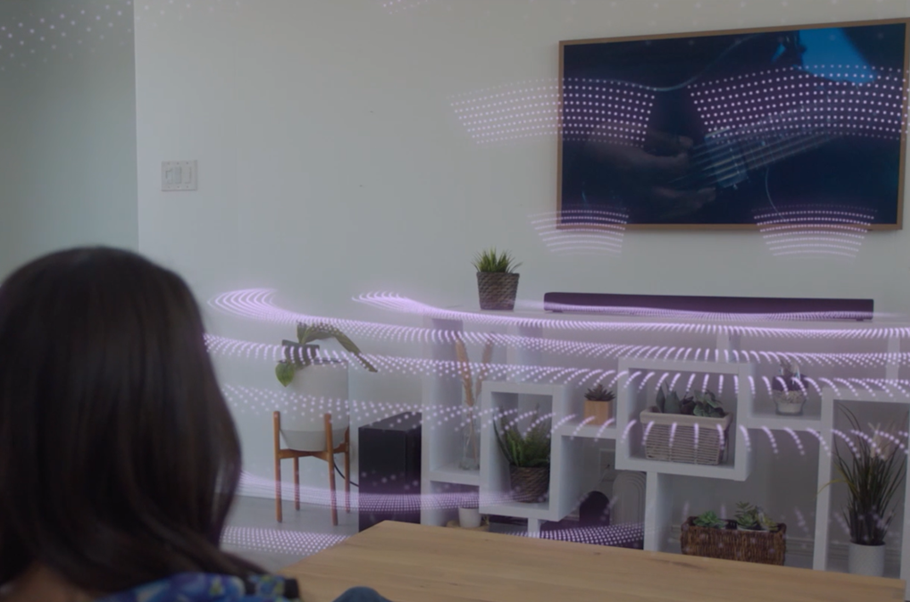How to Recreate the Movie Theater Experience at Home
Four tips for supercharging your home theater.
Current events have had many of us spending more time at home, with lots of people thinking, “How can I make this space better”? With some movie studios beginning to embrace the idea of releasing titles the same day they are in theaters, a lot of my clients are eager to supercharge their home theaters.
In this article, we’ll explore ways that you can recreate the commercial cinema experience and make watching movies at home as thrilling as in a traditional movie theater.
1. Go Big and Bold
On the video side, you want to install a screen that is both big and immersive. The goal, after all, is to get lost in the content. A small screen makes it feel like you are watching TV at home instead of a blockbuster in a movie theater, so if possible, make that screen even bigger than you think you need. (Don’t worry: You’ll adapt to the new larger size very quickly!) The minimum distance requirement for an 85″ 4K screen is less than 10 feet, so even a screen of this size will fit in many home theaters.
Not sure just how big you can go? Simply grab a roll of blue painter’s tape and use it to mark out a screen on your wall. This will give you a good perspective on what the room will bear and where your comfort level of screen size is.
2. Don’t Underestimate the Importance of Great Sound
Most folks underestimate the importance of audio, but if you don’t have great sound, you really will not have a great theater experience. It’s not just me who thinks that. “The sound and music are 50 percent of the entertainment in a movie,” George Lucas has widely been quoted as saying. Danny Boyle (Trainspotting, Slumdog Millionaire, Yesterday) has even ratcheted things up a notch with his comment that “70, 80 percent of a movie is sound.”
So it’s important that you budget appropriately when it comes to upgrading the audio in your home theater. The goal is to install components that support and highlight sonic elements such as immersion (surround sound), dynamics (the ability of the system to make you jump out of your seat with the burst of a gunshot or sound effect), dialogue intelligibility (a great system will allow you to hear crisp and clean dialogue without turning it to full blast), and low frequency performance (nothing creates a visceral movie-watching experience like gut-punching bass). A flagship product like the Yamaha RX-A3080 AV receiver would be a great building block to help you achieve screening room nirvana. Pair this gem up with a pile of high-performance speakers and subwoofers and you’ll be giving your local multiplex a run for its money.

Like many current Yamaha AV receivers, the RX-A3080 can do Dolby Atmos® decoding — an advanced technology that takes surround sound to the next level. Typical surround sound systems have speakers in the front of the room, on the side walls, and on the back wall. Atmos fills in that very important missing element … above your head! Picture the Millennium Falcon flying overhead or the rain hitting a car roof. The combination of the additional speakers and the enhanced processing creates a totally immersive movie-watching experience. (You can find more information on Dolby Atmos here.)
As a bonus, the RX-A3080 also offers a proprietary Yamaha technology called Surround:AI™. This uses artificial intelligence to instantaneously analyze each scene in real time in order to optimize the surround effects occurring in your home theater — which means no more raising or lowering the volume between dialogue and explosions.
3. Add Voice Control
Let’s face it, voice control is cool. It allows you to do everything from turning on coffee makers to setting thermostats to opening or closing window shades and curtains. And it’s a no-brainer for the home theater, thanks to network-friendly audio products such as the many Yamaha receivers, speakers and sound bars that incorporate wireless multi-room MusicCast technology and allow for voice control via Alexa and Apple® HomeKit™.
4. Set the Mood
Lighting is very important anywhere movies are enjoyed, be it a cinema or a home theater. You want to make sure there is no light on the screen to interfere with the cinematic action, but just enough in the room for you to safely get out of your seat to refill your popcorn.
This is where controllable lighting is a nice addition to your system … preferably under voice control, which is handy for lighting as well as audio. I like to set a few different lighting scenes that a client can recall easily in their home theater — for example, one that illuminates the room perfectly as you enter the room, or a “Watch Movie” scene, with all lights 100% off and just some step lighting at about 10%. (If you don’t have step lighting, illuminate a fixture that is farthest from the screen at a very low percentage to avoid distractions). Some other scenes to consider are “Clean-Up” for those times that full illumination is needed (i.e., when you’re ready to vacuum up the popcorn that landed on the floor), and “Intermission,” which ramps up lights gently to about 35% so that your eyes aren’t shocked with everything coming full on.
If you don’t have the luxury of having a dedicated space for your home theater, you can still control your light levels to some degree with motorized shading — something that can also be triggered off a control system or even voice control.
As you shift to more in-home movie watching, consider all the elements that can make your experience the best it can be. The experience doesn’t end at great audio and video. Be thoughtful about lighting, motorized window treatments, voice control and control in general to fully leverage technology for your home theater set-up.
Check out these related blog articles:
Building the Ideal Home Theater
Five Reasons Why Home Theater is Better Than Going to the Movies
Smart Home Integration — From DIY to CI Guy
Four Benefits of Having a Professional Do Your Home Theater Installation
How to Use Alexa with MusicCast
















